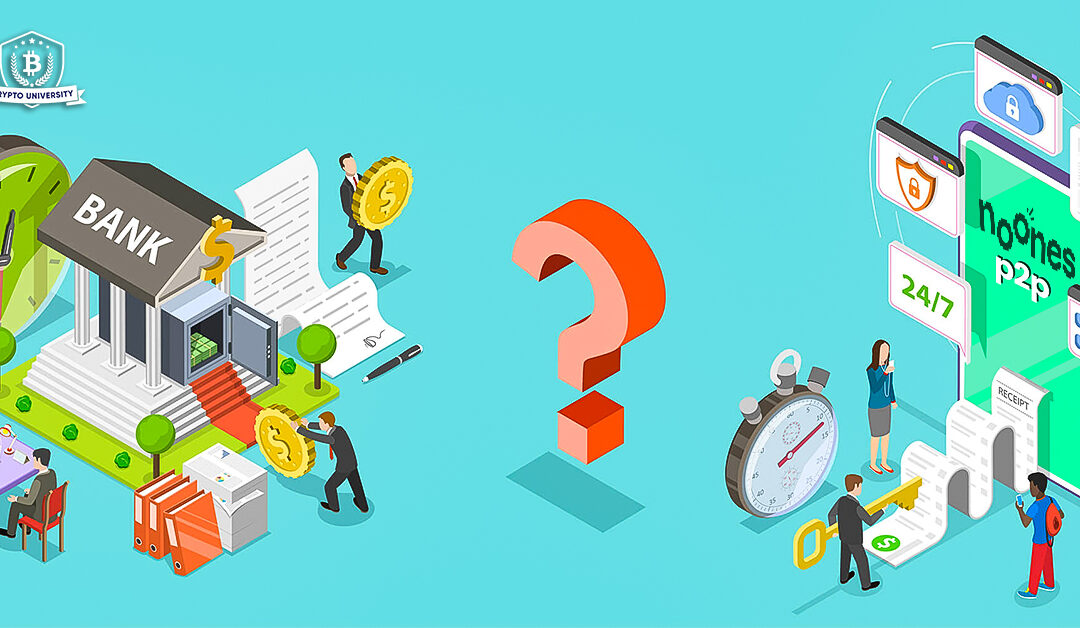In an era where convenience reigns supreme, the way we handle our finances has undergone a significant transformation. Traditional banking methods are being challenged by innovative fintech solutions, with peer-to-peer (P2P) payment platforms emerging as popular alternatives. Noones P2P is at the forefront of this revolution, offering users a seamless way to transfer money between friends, family, and even businesses. But how does it compare to traditional banking in terms of ease of use for everyday transactions? Let’s delve deeper into the comparison.
Understanding P2P Systems
P2P systems allow individuals to conduct transactions directly with each other, without the need for a central authority. This method, which gained prominence with cryptocurrencies, relies on blockchain technology to facilitate secure and transparent transactions. P2P platforms have expanded beyond digital currencies to include various assets and services, offering enhanced security, privacy, and lower costs1
The Traditional Banking Model
Traditional banks have been the cornerstone of financial transactions for centuries. They offer a range of services, from savings and checking accounts to loans and credit facilities. Banks are regulated entities, providing a sense of security and trust for customers. However, they often come with higher transaction fees and slower processing times compared to P2P platforms.
Comparison of User Experience
1. Accessibility:
Noones P2P shines in terms of accessibility, offering users the ability to conduct transactions anytime, anywhere, using just their smartphones. Whether you’re splitting a bill at dinner or reimbursing a friend for concert tickets, Noones P2P eliminates the need for physical cash or visits to the bank. In contrast, traditional banking may require users to visit branches during specific hours or navigate through cumbersome online banking portals.
- Example: According to a survey by Fintech News, 78% of millennials prefer using mobile payment apps like Noones P2P for their convenience and accessibility.
2. Speed:
When it comes to speed, Noones P2P transactions are typically instantaneous, allowing users to settle debts or make payments in real-time. This instant gratification can be particularly useful in urgent situations or when splitting expenses on the go. In contrast, traditional banking transactions, especially international transfers, may take several business days to process, leading to delays and frustration.
- Statistic: According to a report by PYMNTS, 62% of consumers value the speed of transactions when choosing a payment method.
3. User Interface:
Noones P2P prides itself on its user-friendly interface, designed to streamline the payment process and minimize friction for users. With intuitive navigation and simple design elements, even novice users can easily send or request money with just a few taps. Traditional banking interfaces, on the other hand, may vary in complexity and require users to navigate through multiple menus to perform simple tasks, leading to a steeper learning curve.
- Example: The clean and minimalist design of Noones P2P’s app has earned it rave reviews on app stores, with users praising its simplicity and ease of use.
4. Cost:
Cost is another factor to consider when comparing Noones P2P to traditional banking. While some traditional banks may charge fees for certain transactions or services, Noones P2P often offers free or low-cost transfers between users, making it a more affordable option for everyday transactions.
- Statistic: A study by Bankrate in June 2021 found that 46% of Americans would consider switching banks to avoid fees.
Security and Reliability
- Security Measures: Both Noones P2P and traditional banking prioritize security, employing encryption and authentication protocols to protect users’ financial information. However, Noones P2P may offer additional security features such as biometric authentication or transaction verification, enhancing peace of mind for users.
- Customer Support: Traditional banks typically provide customer support through phone lines, email, or in-person visits. In contrast, Noones P2P may offer in-app chat support or online help resources, providing users with convenient access to assistance whenever needed.
Future Outlook
As technology continues to advance and consumer preferences evolve, both Noones P2P and traditional banking are likely to undergo further transformations in the coming years.
- Innovation and Adaptation: Noones P2P will likely continue to innovate and introduce new features to enhance the user experience, such as integrating with other financial services or expanding into new markets. Traditional banks, recognizing the growing demand for digital solutions, may invest in upgrading their digital platforms to compete more effectively with fintech startups.
- Blockchain and Cryptocurrency Integration: With the rise of blockchain technology and cryptocurrency, both Noones P2P and traditional banks may explore opportunities to integrate these technologies into their platforms. This could include offering support for cryptocurrency transactions or leveraging blockchain for enhanced security and transparency.
- Regulatory Landscape: Regulatory frameworks governing financial services are constantly evolving, and both Noones P2P and traditional banks will need to adapt to comply with new regulations and standards. This could involve implementing stricter Know Your Customer (KYC) procedures, enhancing anti-money laundering (AML) measures, or ensuring compliance with data privacy laws.
- Collaboration vs. Competition: While Noones P2P and traditional banks may initially be viewed as competitors, there is also potential for collaboration and partnerships between the two. Traditional banks may choose to partner with fintech companies like Noones P2P to leverage their technology and reach new customer segments, while Noones P2P may benefit from access to traditional banking infrastructure and regulatory expertise.
Conclusion:
In the battle between Noones P2P and traditional banking for everyday transactions, the choice ultimately boils down to personal preferences and priorities. While traditional banking institutions offer stability and a wide range of financial services, Noones P2P excels in terms of accessibility, speed, and user experience. As technology continues to evolve, it’s clear that P2P payment platforms like Noones P2P are here to stay, offering a compelling alternative to traditional banking for modern consumers.
